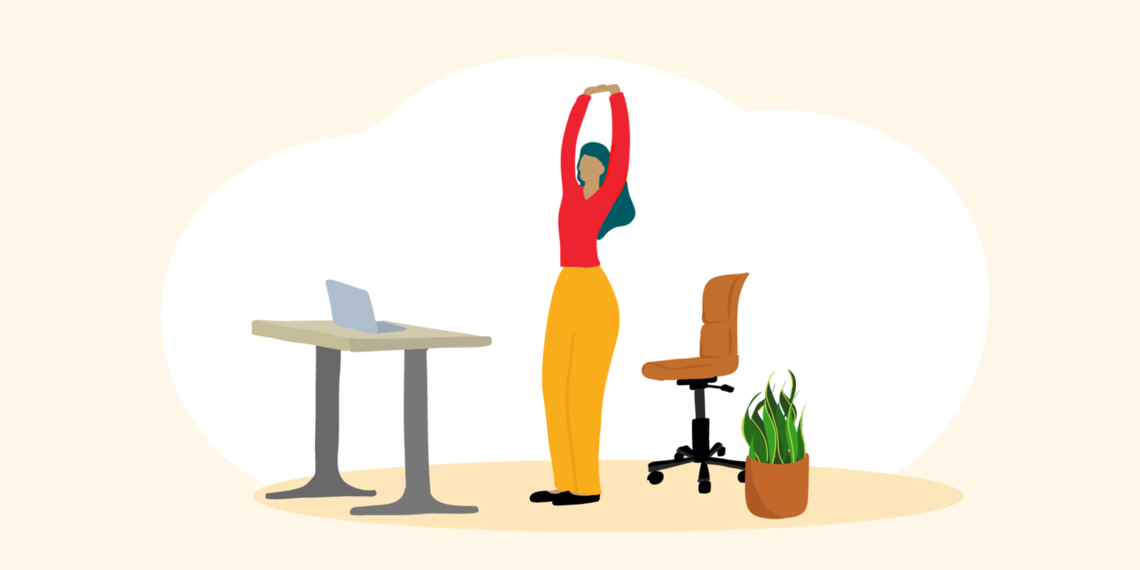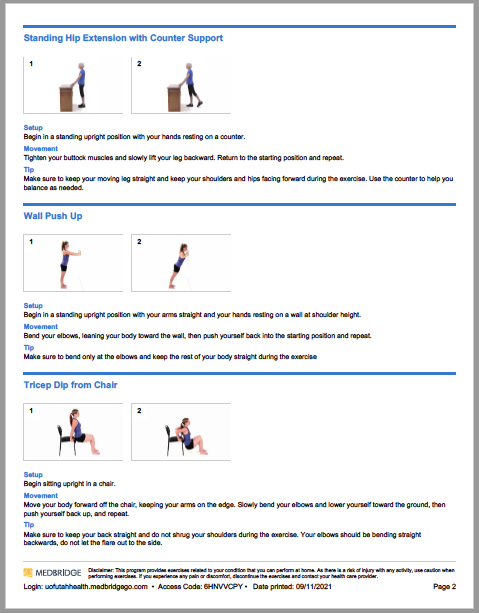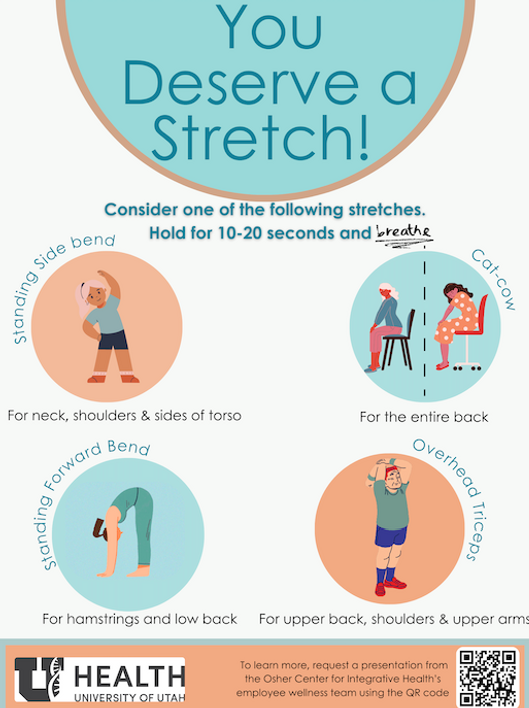Quick Tips Guides
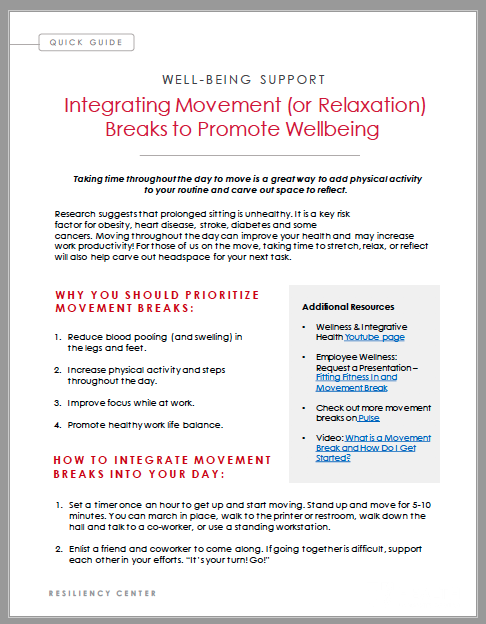
Well-being support: How to intergrate movement breaks and three kinds of exercises to get you started.
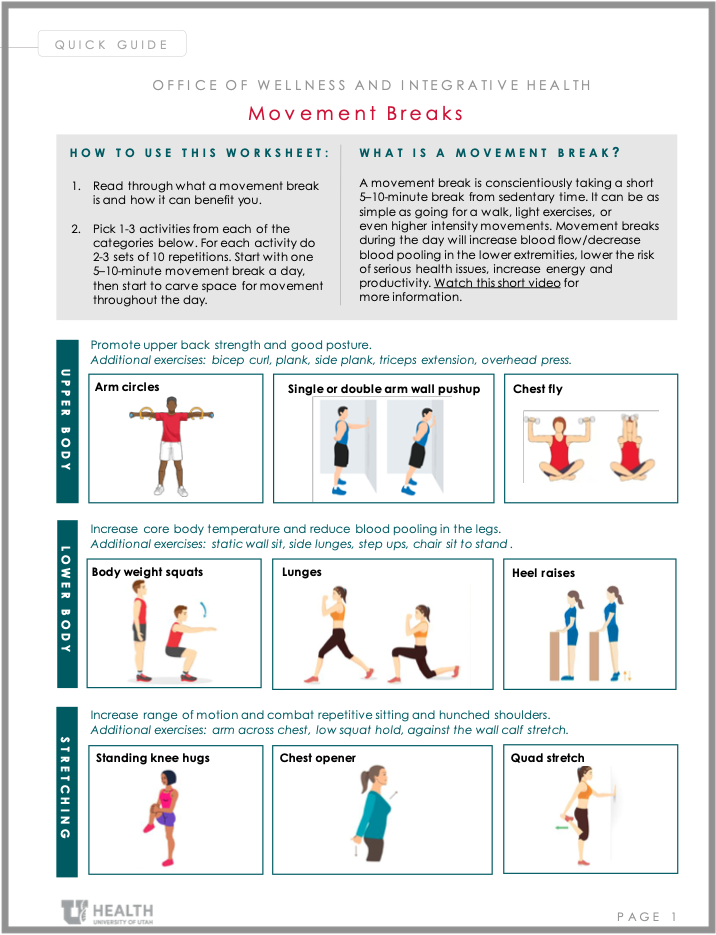
Movement Breaks: One-page guide with movement examples and illustrations.
esearch suggests that prolonged sitting is unhealthy. It is a key risk factor for obesity, heart disease, stroke, diabetes and some cancers. Moving throughout the day can improve your health and may increase work productivity. For those of us on the move, taking time to stretch, relax, or reflect will also help carve out headspace for our next task.
How to break up your day with movement
Plan to move. Set a timer once an hour to get up and start moving. If you have a smart watch, you are probably already prompted regularly. If not, use your phone or computer to set an hourly reminder. Rather than ignore the alerts (or turning them off), try simply standing up from your desk every few prompts for 5-10 minutes.
Breaking up sedentary time can be as simple as marching in place, walking down the hall or to the printer or restroom. More formally, you could add in 2-3 sets of 10 repetitions of your favorite exercises, or until you feel muscle fatigue. If weather or time permits, head outside of the office for a quick stroll down the street or around the block and get some fresh air. All of these options help to counteract the effects of prolonged sitting and being hunched over at a computer.
Bring a friend or coworker. Some of us benefit from a little company—both for connection and accountability. Enlist a friend and coworker to come along with your movement. If going together is difficult, support each other in your efforts. This can be through reminders to move and encouragement to keep going. “It’s your turn! Go!” In addition to benefiting our health, this is a great opportunity to touch base, brainstorm, or take a meeting without notetaking on the go.
Three ways to move in the workplace
It sounds simple, but we all struggle to move regularly in the modern workplace. Here are three simple exercises to help you get started
1. Bodyweight exercises easily done at a desk or in a shared space:
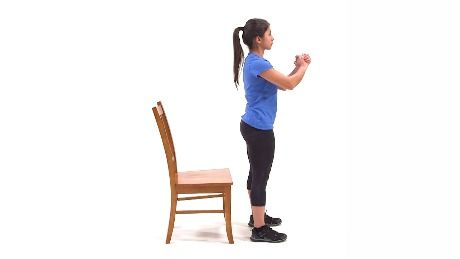
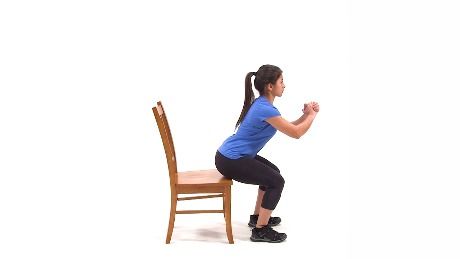
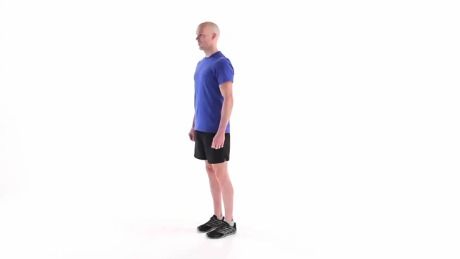
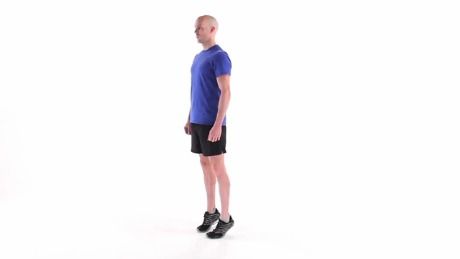
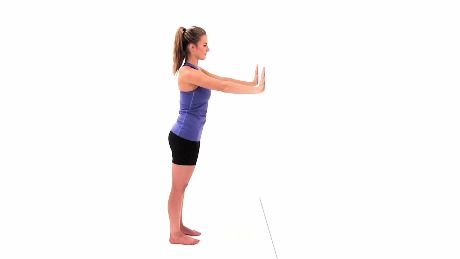
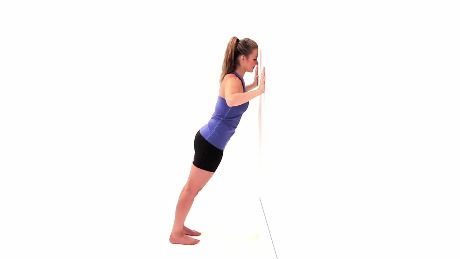
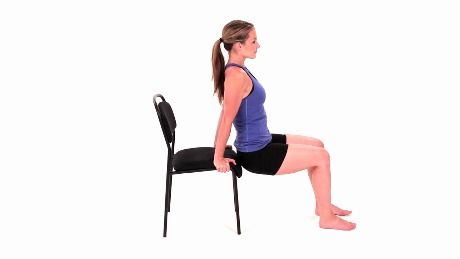
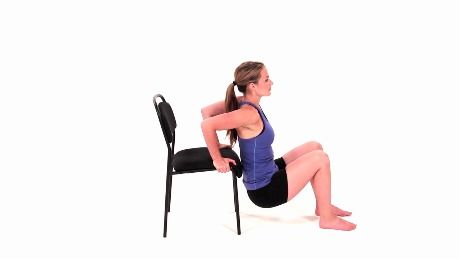
2. Exercises to combat work posture (sitting while hunched over a computer):
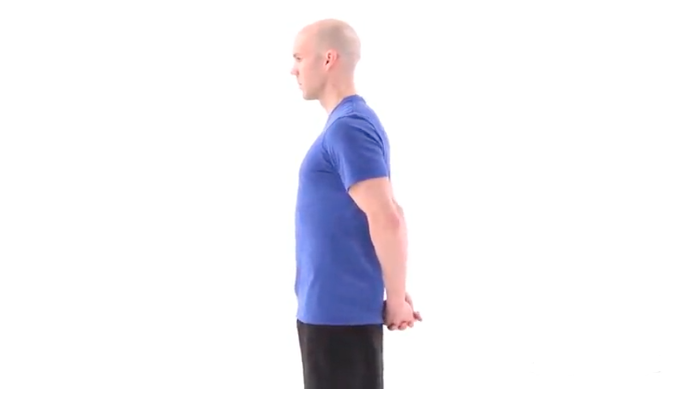
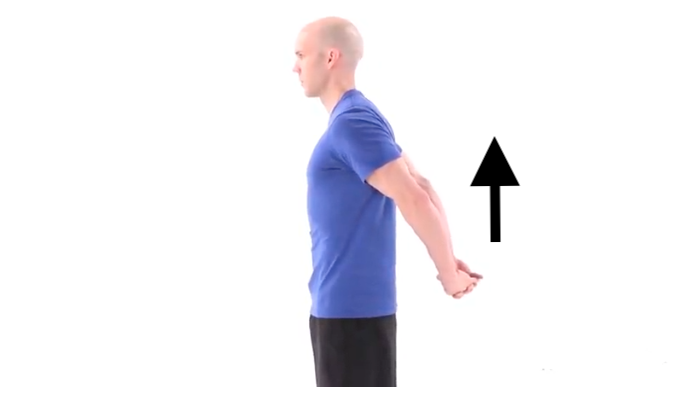
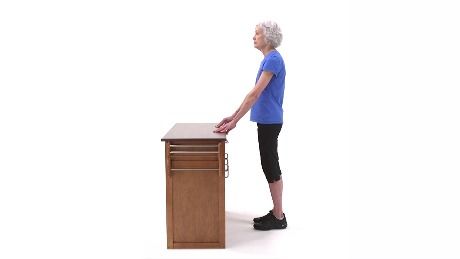
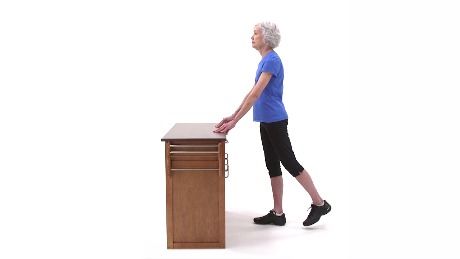
3. Stretches for stress relief:
- General stress management exercises. Breathing; pacing; exercise and stretch.
Additional Resources:
Wellness and Integrative Health Youtube page
Employee Wellness: Request a Presentation – Fitting Fitness In and Movement Break
More movement breaks on Pulse
Citations
1. Thosar, S. S., Bielko, S. L., Mather, K. J., Johnston, J. D., & Wallace, J. P. (2015). Effect of prolonged sitting and breaks in sitting time on endothelial function. Medicine and science in sports and exercise, 47(4), 843–849.
2. Keadle, S. K., Conroy, D. E., Buman, M. P., Dunstan, D. W., & Matthews, C. E. (2017). Targeting Reductions in Sitting Time to Increase Physical Activity and Improve Health. Medicine and science in sports and exercise, 49(8), 1572–1582.
3. Peiris, C. L., O'Donoghue, G., Rippon, L., Meyers, D., Hahne, A., De Noronha, M., Lynch, J., & Hanson, L. C. (2021). Classroom Movement Breaks Reduce Sedentary Behavior and Increase Concentration, Alertness and Enjoyment during University Classes: A Mixed-Methods Feasibility Study. International journal of environmental research and public health, 18(11), 5589.
4. Work Life Balance. (n.d.) Mental Health America.
This article was originally published October 2021.
Britta Trepp
Karly Ackley
Tasha Olsen
Health care workers experience trauma every day in multiple ways, making it difficult to fully recover. Jake Van Epps shares tips for recovering and supporting your colleagues through these adverse events.
Creating psychological safety for your team is a process that takes time, vulnerability from you as a leader, and collaboration from others. Psychiatrists Jen O’Donohoe and Kristi Kleinschmit share 6 practical next steps for when psychological safety might be a little off on your team.
As our health care system continues to address pandemic-related employee burnout and fatigue, we can apply simple strategies to enhance our own recovery. Psychologist Megan Call and physical therapist Keith Roper return to a previous marathon analogy to share five recovery strategies for individuals and teams.
